A modification to the theory of general relativity makes it consistent with observable astronomical data without the need for dark energy.
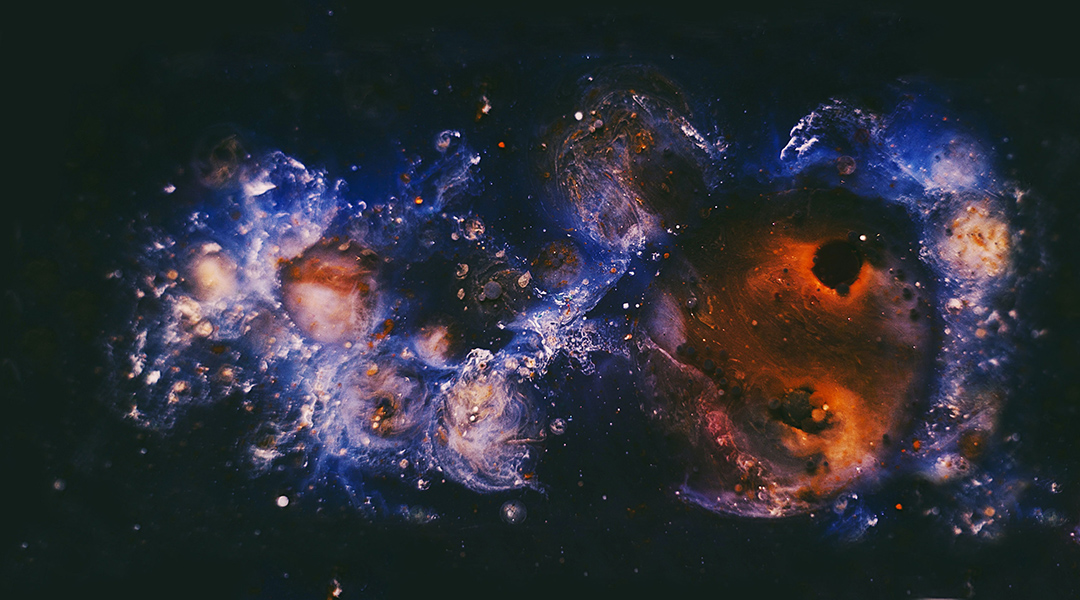

A modification to the theory of general relativity makes it consistent with observable astronomical data without the need for dark energy.
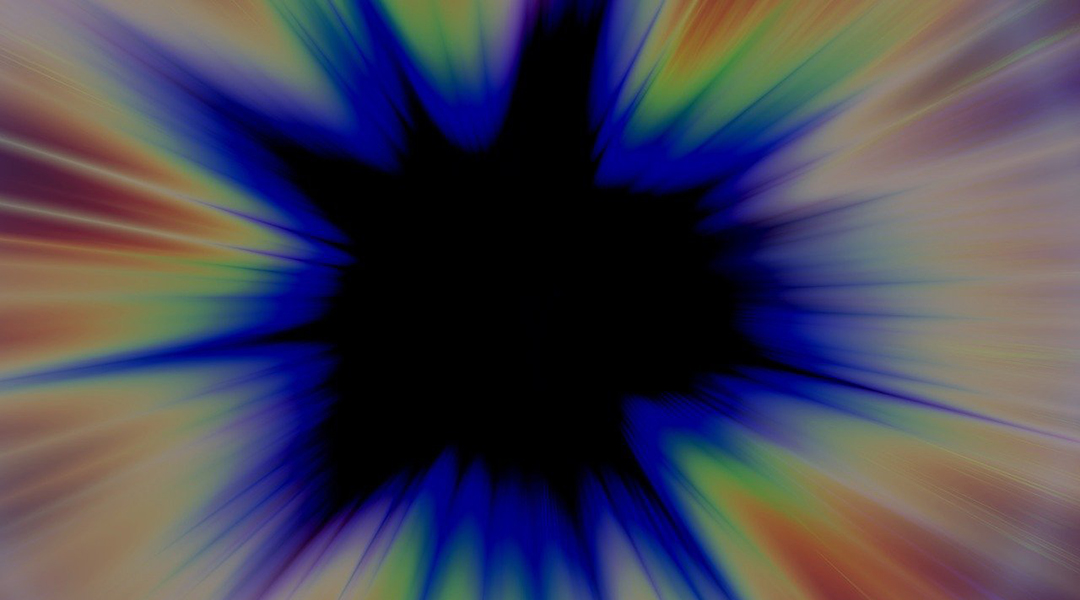
Conflict between theory and observational evidence suggests a missing ingredient in our understanding of the early Universe.
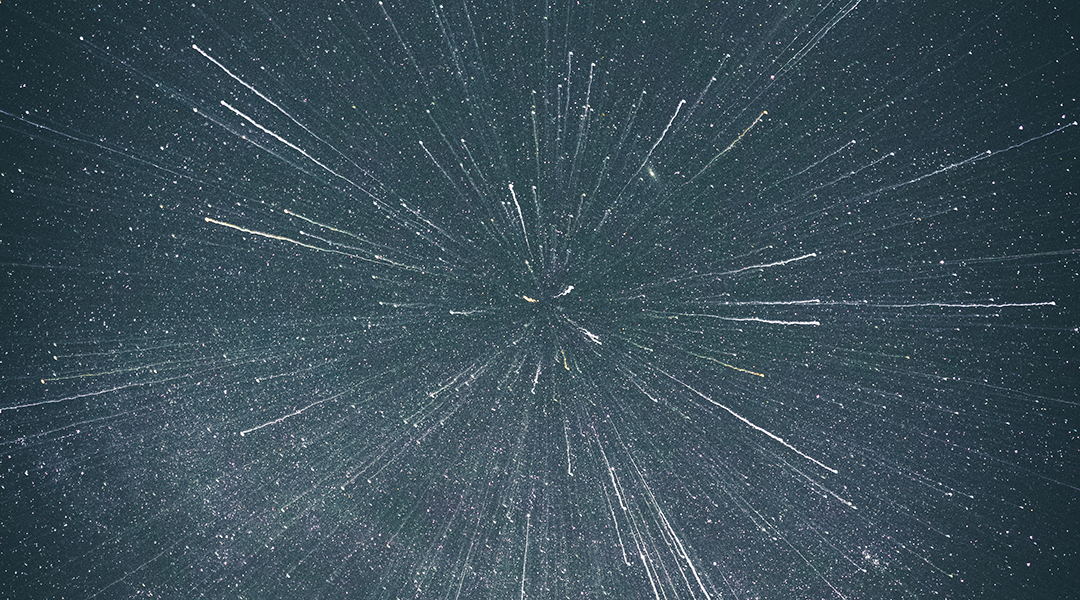
Using the motion of sound waves through a superfluid liquid, scientists can model the Universe’s evolution on a reasonable time scale.
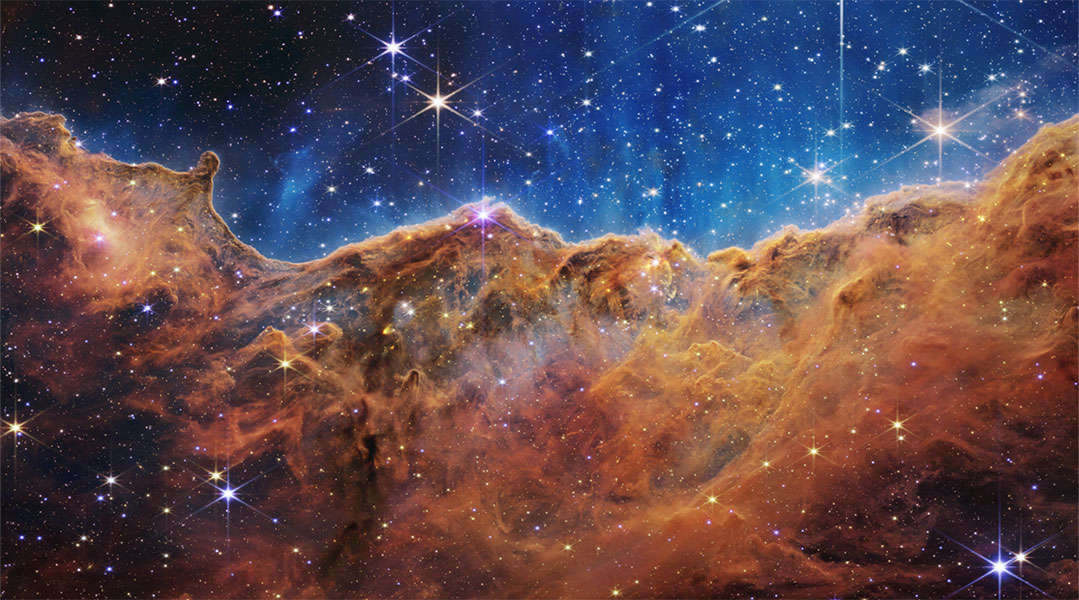
Astronomers are discovering that the rate of star formation in the universe is dropping, and they want to know why.
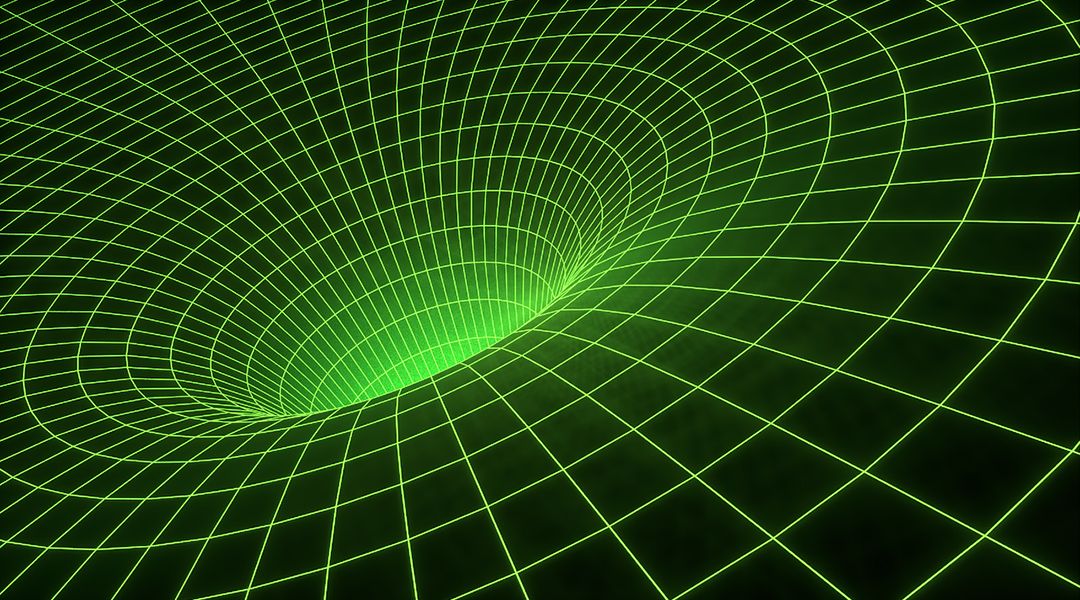
To address unknown quantum gravitational effects in the early universe, physicists have recruited string theory to help solve the problem.

Using bilayered graphene, physicists explore the possibility that our reality is only one half of a pair of interacting worlds.
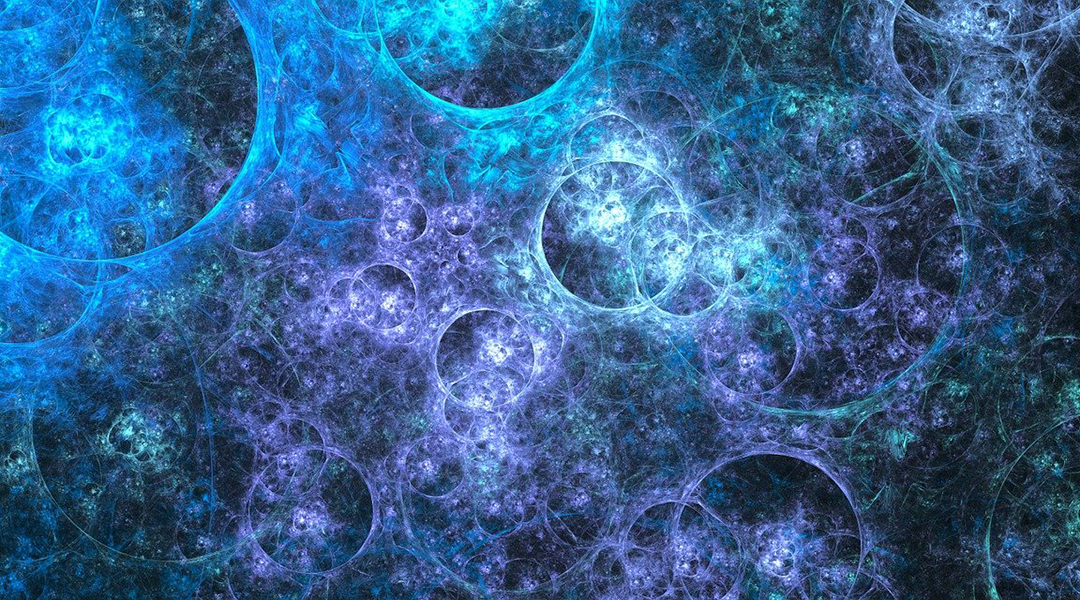
Gravitational waves produced by the phase transitions of matter right after the Big Bang could provide new insights into particle physics.
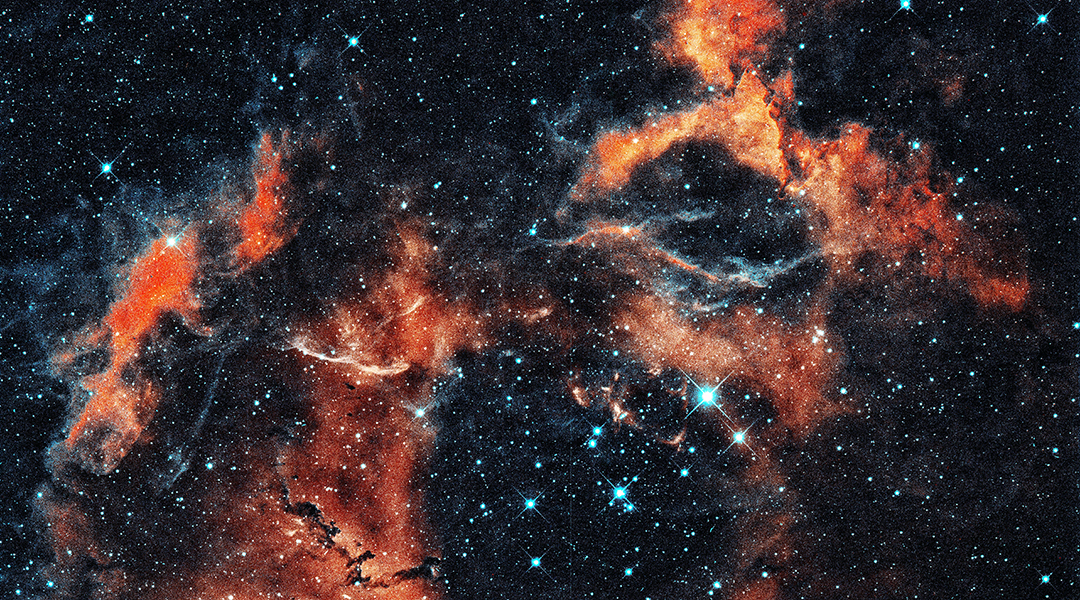
Using an artificial neural network and AI, researchers are developing a powerful computational tool to model particle physics following the Big Bang.

Chemical signatures give away the distance to the farthest galaxy, which experts say defines the very boundary of the observable universe.
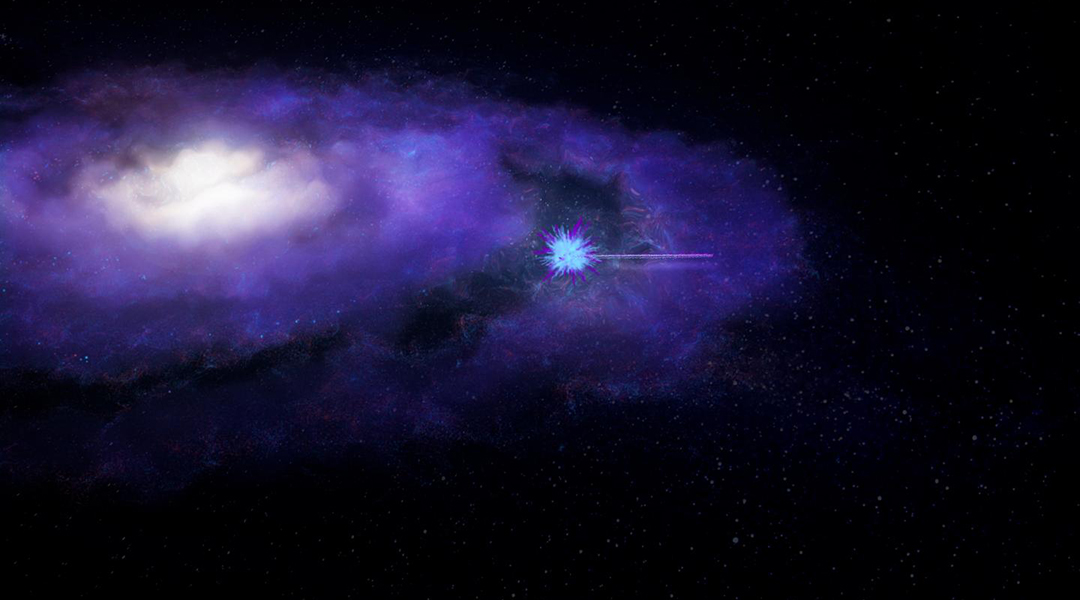
Bright bursts of radio waves help astronomers locate a type of matter that researchers have been searching for for the past 30 years.